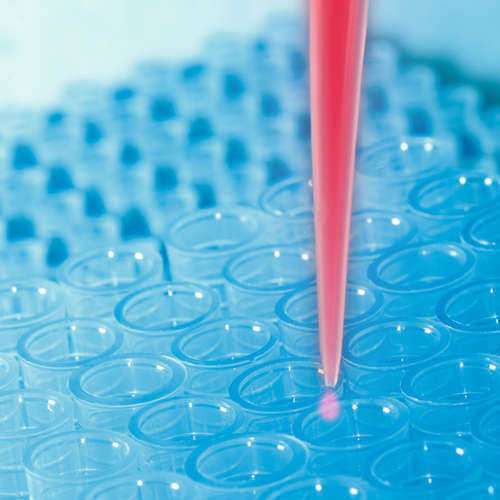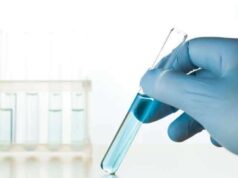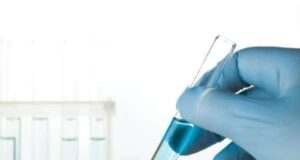
Brave New World: Controversial DNA Embryonic Therapy
In recent years, the field of genetics has made incredible advances, prompting scientists to explore the possibilities of using DNA embryonic therapy to cure genetic disorders. This technique enables medical professionals to alter or replace faulty genes in embryos, ultimately leading to the birth of healthy babies. However, this therapy has also sparked controversy surrounding the ethics of manipulating human DNA. This article will explore the ins and outs of DNA embryonic therapy and the controversies that surround it.
What is DNA Embryonic Therapy?
DNA embryonic therapy, also called germline therapy, is a genetic treatment that targets the genetic code of a fertilized human egg, aiming to fix potential genetic disorders. The technique involves using genetic editing tools, such as CRISPR, to change or replace genes in an embryo with healthy ones. This allows scientists to produce a baby free from genetic disorders that would otherwise have been passed down through the parents’ genes.
Potential Benefits of DNA Embryonic Therapy
The most significant benefit of DNA embryonic therapy is that it offers the potential to eliminate genetic disorders. This therapy could result in a revolutionary shift from a therapeutic mindset to a preventative paradigm for genetic diseases such as cystic fibrosis, sickle cell anemia, and Huntington’s disease. Such a shift could lead to the eradication of the diseases altogether. Additionally, new research suggests that DNA embryonic therapy can also reduce the risk of certain cancers, further boosting its potential benefits.
Controversies Surrounding DNA Embryonic Therapy
While DNA embryonic therapy offers tremendous potential, it also raises several ethical concerns. Some of the controversies surrounding the therapy include:
1. Safety: Critics point out that the safety of DNA embryonic therapy is still uncertain. The technique poses some potential medical risks, such as activating new cancer genes. The long-term effects of genetic modification are still poorly understood.
2. Programmable Babies: Since genetic modification is a complex and precise process, it opens doors to valuable genetic modifications, including those for non-therapeutic reasons. This could lead to the production of “designer babies,” which would have perfect genetic traits and abilities that others do not have.
3. Ethical considerations: Some people believe that DNA embryonic therapy violates ethical principles in tampering with the natural state of human beings. Others fear that it could exacerbate social inequalities, as only the wealthy could take advantage of these technologies.
Conclusion
DNA embryonic therapy promises to eliminate many genetic diseases and improve human health. However, the controversial technology’s implications are extensive, and stakeholders must thoroughly evaluate its ethical and potential medical consequences. The technique requires much more research before it can be safely deployed to eradicate genetic diseases without causing more significant ethical and unintended consequences. Overall, the debate surrounding DNA embryonic therapy is crucial for determining the best way forward.
England’s chief medical officer has given the go-ahead to a new procedure that would help around ten couples in the UK every year prevent significant genetic problems in their sons and daughters. The technique has generated controversy because it requires creating an embryo using three different donors—in effect, three biological parents.
While human embryos are created when a sperm from one parent and an egg from the other combine, the egg actually contains two types of DNA information. In addition to containing 23 chromosomes, the mitochondria in the egg—its energy processing centers—have their own DNA that is handed down the maternal line.
When something goes wrong in that DNA, it means that every cell in the body will develop problems with processing energy. This leads to a variety of serious, often fatal disorders. Because the issue with energy processing occurs at such a basic level, treatments for these diseases are extremely limited and typically consist of symptom management. Rather than focusing research on trying to find a cure for these diseases, which may prove impossible, the new technique focuses on helping families avoid passing on mitochondrial defects.
The three-parent technique would allow parents who had previously been unable to have healthy or surviving children, due to defects in mitochondrial DNA, to conceive healthy children using in vitro fertilization techniques. The vast majority of the DNA in the resulting child would belong to the child’s two parents. Only the very small amount of DNA kept in the mitochondria—just 37 genes in total—would be replaced. In contrast, the main sperm and egg donor parents would be contributing over 20,000 genes of their own.
Ethical concerns have been raised about the procedure. Those who protest the three-parent IVF technique are typically not concerned with this specific procedure, but rather with the desire to modify the genetics of an embryo to eliminate problems. Dr. David King of Human Genetics Alert told the BBC that he is concerned that the use of these techniques will create a slippery slope leading to a “eugenic designer baby market.”
However, the UK’s governmental health authorities have approved the procedure for now. They believe that the overall potential for abuse is low, but will continue to monitor any children born after being conceived with the mitochondrial DNA replacement technique, to ensure that the procedure does not have any unintended effects. According to governmental guidelines published this week, children born following the procedure would not be informed about their mitochondrial DNA donor and would have no legal connection to the third biological parent.





















